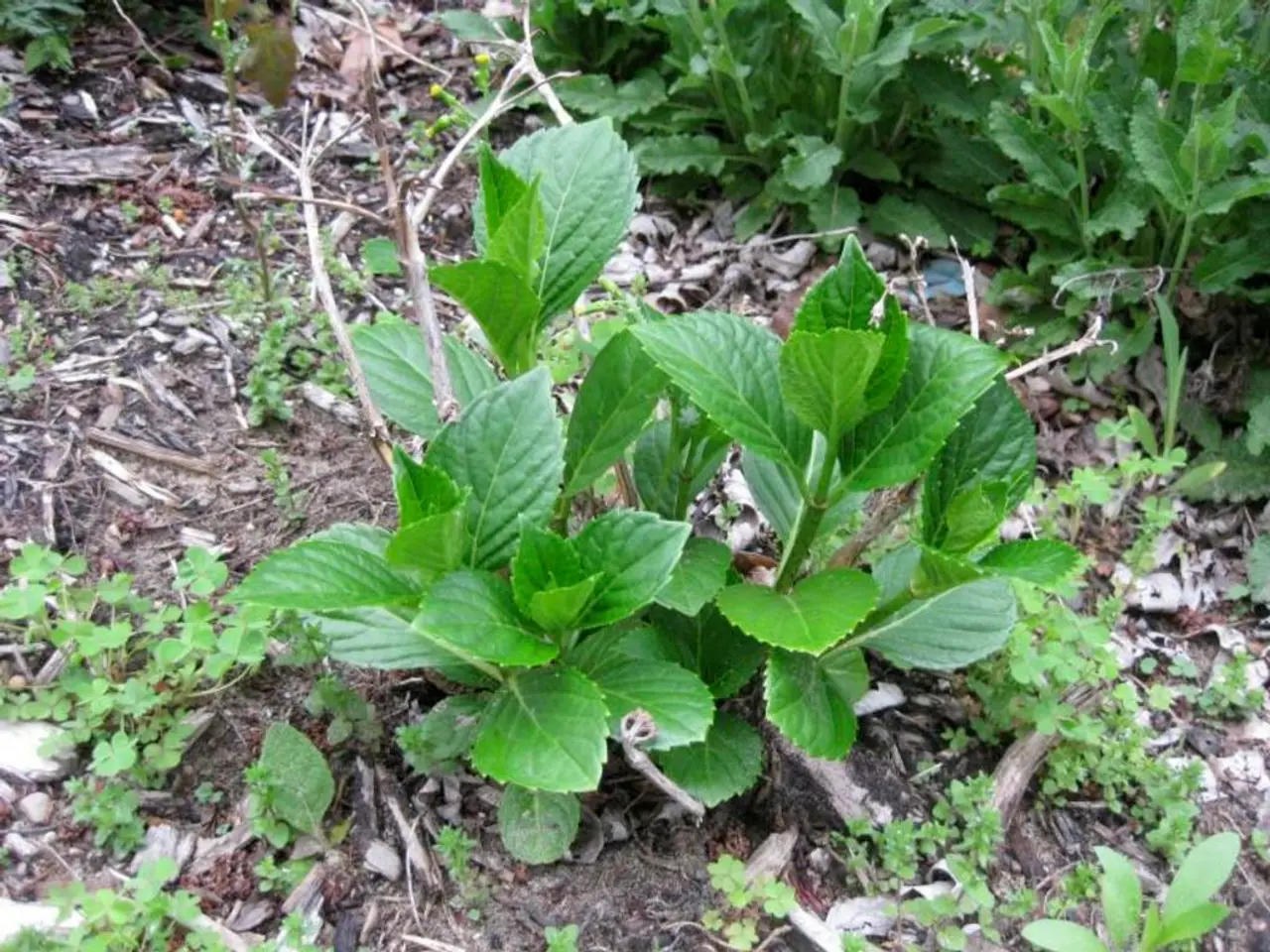Comprehensive Guide for Nurturing and Growing Rosemary Plants
Rosemary, a popular herb known for its robust flavour and aromatic properties, is a staple in many kitchens and gardens. Here's a comprehensive guide to help you care for your rosemary plants effectively, focusing on temperature, soil, humidity, fertilization, and additional care tips.
Temperature Requirements
Rosemary prefers warm temperatures, thriving best in a range of 55°F (13°C) to 80°F (27°C) [2]. Indoor rosemary plants should be kept in a room with a consistent temperature below 80°F for optimal growth. Outdoor rosemary plants may need protection from frost in colder climates [1].
Soil Conditions
Rosemary thrives in slightly sandy, well-draining soil. Avoid heavy or clay-like soils, as they can retain too much moisture. Use terracotta pots for better drainage, or consider planting rosemary in raised beds if your yard has poor drainage [1].
Humidity Levels
As a Mediterranean herb, rosemary is adapted to dry conditions. It generally prefers low to moderate humidity levels. High humidity can lead to root rot and other issues, so ensure good air circulation around your plants [1].
Fertilization
Rosemary plants typically do not require a lot of fertilizer. Use a balanced, water-soluble fertilizer sparingly, about once a month during the growing season. Overfertilization can lead to weak growth and reduced flavor, so it's best to err on the side of caution [1].
Additional Care Tips
- Provide rosemary with at least 6 to 8 hours of direct sunlight per day. If indoors, use a south-facing window or supplement with grow lights [1].
- Allow the top couple inches of soil to dry out before watering again. Overwatering can cause root rot, so it's better to underwater slightly than to overwater [1][2].
- Regular pruning helps maintain the plant's shape and encourages new growth. Remove any woody or dead stems to promote healthy foliage.
When propagating from cuttings, the roots should grow within a few weeks in warmer temperatures, but it may take longer in colder temperatures [3]. Rosemary prefers slightly acidic, well-draining soil with a pH of 6.0-7.0 [4].
Leaves from rosemary can be used in a variety of menus, cosmetics, and toiletries. Rosemary is a good companion plant for most herbs, bloomers, and root vegetables [5]. The botanical name of rosemary is Salvia rosmarinus [6].
Rosemary is hardy in USDA zones 7-10, occasionally even into zone 6. It is a perennial in USDA zones 7-10 and occasionally zone 6. In the garden, rosemary is suited for use in rock, winter, edible, cutting, pollinator, butterfly, children's, and other gardens [7].
Overwatering can encourage root rots in rosemary plants, so ensure proper drainage. Rosemary can be grown in containers with adequate drainage holes. There are many varieties of rosemary, some of which are more hardy than others [8]. Cuttings for propagation should be taken from mature plants in late spring to early summer [9].
To get a bushier plant, prune rosemary after it blooms to encourage new growth. Mature rosemary plants can reach heights of 2-6 feet (0.5-2 m) and spread 2-4 feet (0.5-2 m) [10].
- Integrating rosemary into your home-and-garden lifestyle can be beneficial, as it thrives well as an indoor or outdoor plant, depending on your climate.
- To enhance your home-and-garden experience, consider growing rosemary, a versatile herb with a robust flavor and lovely aromatic properties, in your home-and-garden, and implement proper care practices for its growth and maintenance.




